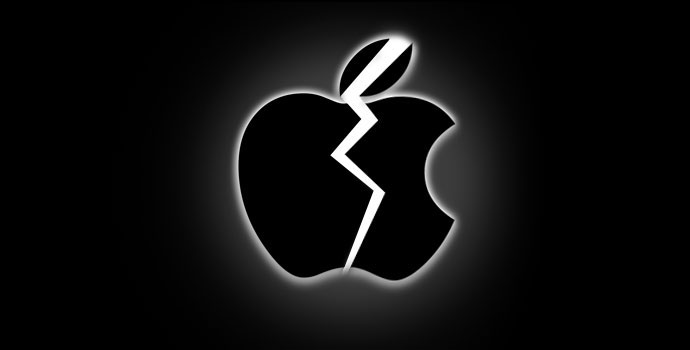What’s A Stock Split And Why Did Apple Do It?


Apple earnings were released on Wednesday afternoon, and shareholders were impressed by the company’s returns. On top of better than expected iPhone sales, revenue and profit, Apple announced a couple of purely financial measures, including the split of its shares. That split may be difficult for the uninitiated to grasp, but there isn’t really all that much to it.
What’s A Stock Split?
Apple announced a 7-to-1 split on Wednesday. The measure, which is set to be put into place on June 9, will see every share in Apple become seven shares. If you currently own 100 shares in the company you will receive 700 shares on June 9. The value of the company may change quickly after the split, but each shareholder will still hold the same amount of Apple.
Apple currently has around 900 million shares outstanding. After the split the company will have about $6.3 billion shares. Each unit of the company’s stock is currently worth around $570. After the stock split each of the company’ shares would be worth around $81. The value of the company’s shares is bound to change between now and then, but if the operation took place today that would be their value to each individual shareholder.
Why Would Apple Split Its Stock?
The question for many people is why Apple would bother to split its stock into seven pieces. If the move doesn’t change the value of the company, why is it worth doing at all? The answer lies after the admission that markets do not operate perfectly, and sometimes a change in the technical details can change the value of an asset.
At a price of $50 per share there aren’t too many small time investors buying into Apple. Anybody with a retail sized portfolio is going to be exposing themselves to a lot of Apple if they buy a single share. Splitting the stock into seven pieces makes it easier for small investors to justify buying into Apple. It increases the liquidity of the stock and should change its ownership profile.
Ding that may increase demand for the stock incrementally, and that could increase the value of the shares slightly, or give them support in the medium term. Splitting the value of the company’s stock could have more drastic effects on demand for the asset, particularly if it attracts the attention of those in charge of the Dow Jones Industrial Average.
The DJIA is one of the most widely followed indices in America. Stocks listed as part of its total have higher demand because institutional investors following the index need to buy into them in order to their contract with investors. If Apple were to be added to the DJIA, which has been looking for more representative tech stocks, it would increase demand for its stock, and could support a higher share price.
The DJIA is price-weighted, however, meaning that the index value is the cumulative value of one share in each listed company. At a price of $570, Apple stock would have had far too much effect on the value of the index. At $80 per share, the stock could be added comfortably.









































